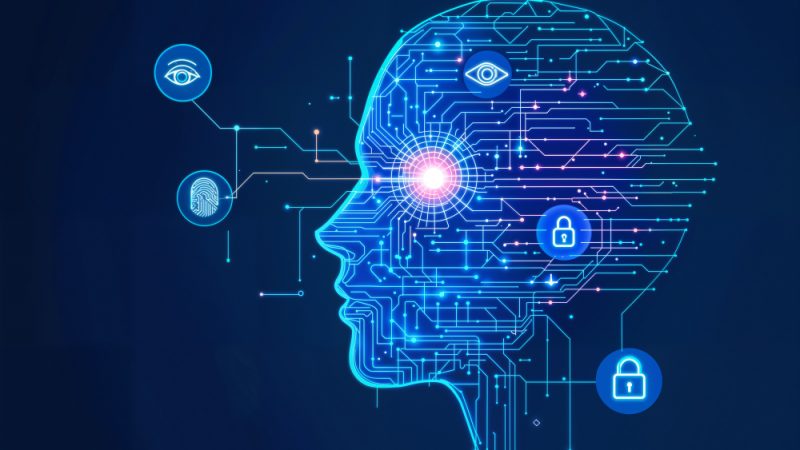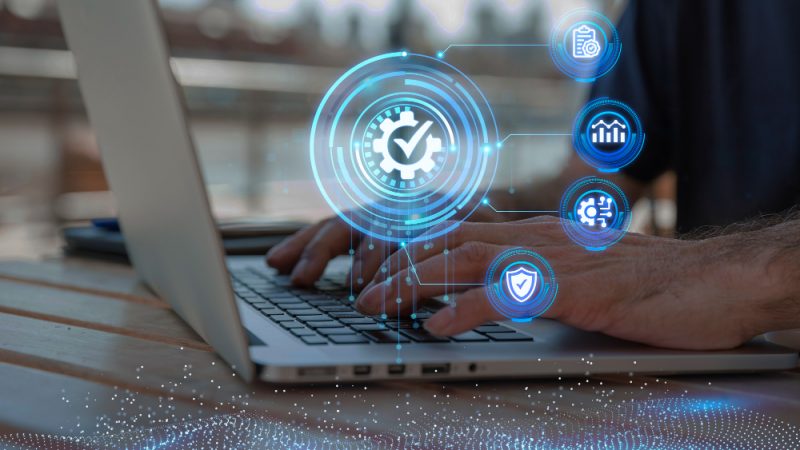How Technology Can Help Catch Criminals

Technology has revolutionized the way crimes are investigated and how criminals are caught. Law enforcement agencies now use a variety of technological tools and techniques to gather evidence, identify suspects, track criminal activity patterns, and prevent crimes. Here are some of the key ways technology assists in catching criminals:
Surveillance Systems
Video surveillance systems like CCTV cameras are one of the most common and effective tech tools used to catch criminals. Installed in public places, roads, stores, ATMs, and other sites, these cameras record activities and can provide visual evidence of crimes. With facial recognition and other AI technologies, suspects can be identified from surveillance footage. Drones are also being used for aerial surveillance.
DNA Profiling
Forensic DNA analysis through polymerase chain reaction tests can genetically identify criminals from tiny DNA samples like blood, hair, or semen found at crime scenes. This allows investigating agencies to cross-check DNA profiles against criminal databases and track repeat offenders. Advanced rapid DNA testing devices allow DNA profiling to be done in less than two hours.
Digital Forensics
Examining digital evidence retrieved from computers, smartphones, and other devices has become crucial for cracking crimes in the digital age. Advanced mobile forensic tools can extract call records, messages, browsing history, social media activity, and location data that may help establish connections, timelines, and activities related to crimes.
Biometrics
Technologies like fingerprint scans, facial recognition, and iris scans are used to identify and nab criminals. Biometric data obtained from a crime scene can be matched against biometric databases maintained by law enforcement agencies to pin down suspects.
Police Databases
Integration of national police databases about criminals, fingerprints, DNA profiles, ballistics, vehicle registration, and other records enables officers on the field to get real-time access. This allows them to identify repeat offenders and link crimes faster. Databases also help in the statistical analysis of crimes.
GPS Monitoring
Parolees, sex offenders, and suspects can be tracked outside jails through GPS ankle monitors and wristbands. GPS vehicle trackers are also used to monitor those out on bail. Integrating GPS tracking with real-time crime alert systems helps police identify violators who breach their location limits.
Predictive Policing
Big data analytics is revolutionizing predictive policing. By analyzing historical crime data, agencies can predict crime hot spots and deploy resources accordingly. Crime pattern analysis also helps link serial crimes and identify suspects based on their criminal profile and tendencies.
Studying how technology is impacting criminal justice is crucial today. From surveillance to DNA testing to digital forensics, technology is revolutionizing evidence gathering and criminal catching capabilities. Criminology and criminal justice students must understand how law enforcement agencies are using tech tools and databases to prevent, predict, detect, investigate and solve crimes.
Keeping pace with the latest forensic and tracking technologies will be key for future criminal justice professionals. If you already have some credits and want to study for a technology and criminal justice degree, degree completion programs online are ideal.
Technology-enabled surveillance, forensic analysis, databases, biometrics, location tracking, and predictive analytics make it much easier for law enforcement agencies to prevent crimes, connect evidence, identify perpetrators, and catch criminals today. With crime becoming advanced, tech-savvy policing is crucial.






